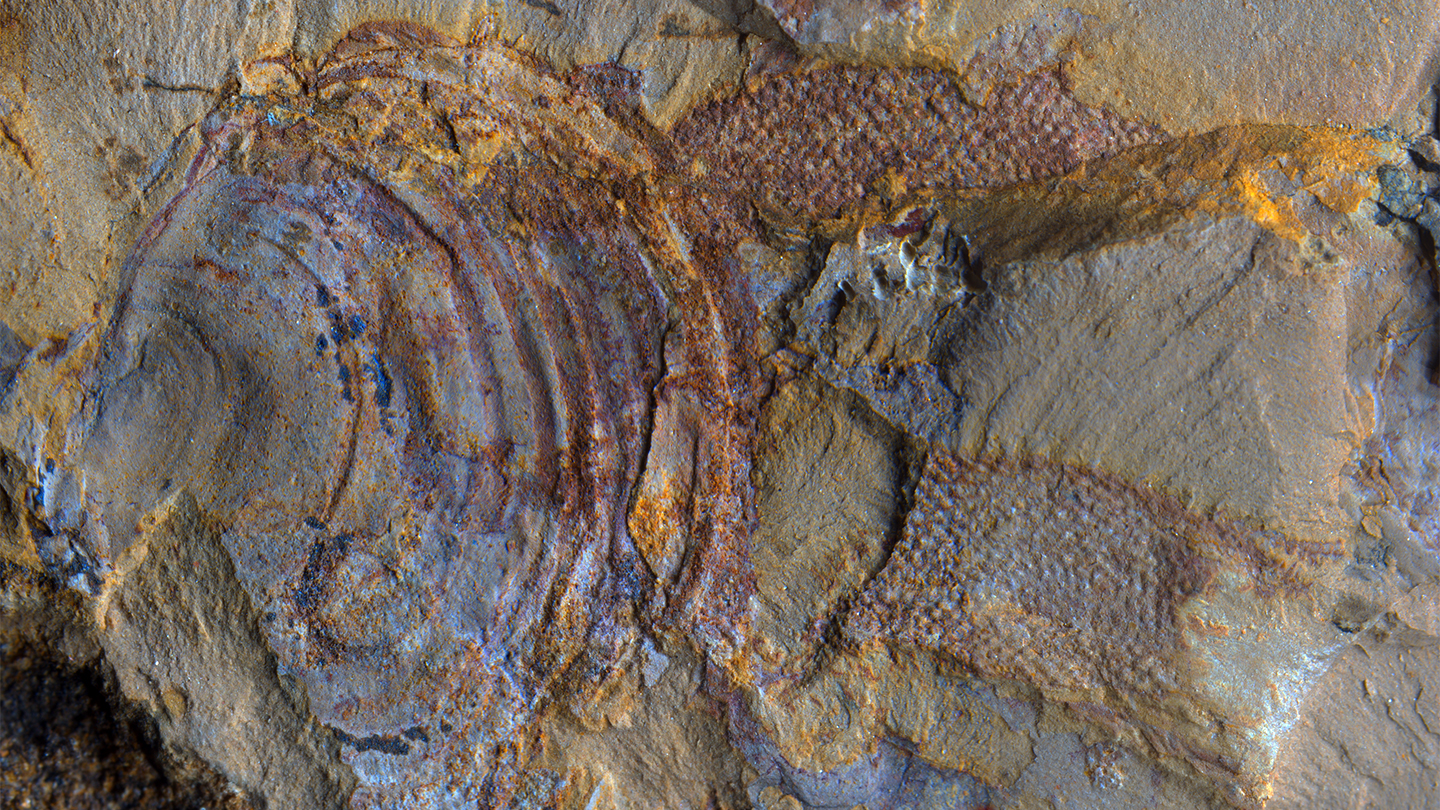A species that lived about 520 million years ago and was thought to be the oldest known bryozoan is instead a type of colony-forming algae, a new study proposes.
Bryozoans are filter-feeding, tentacle-bearing animals that live in apartment complex–like colonies attached to rocks, shells or other surfaces on seafloors or lake bottoms. Trouble is, some other animals and algae inhabit the same sort of modular construction. While Protomelission gatehousei was first described in 1993, scientists didn’t categorize it as a bryozoan until 2021.
Now, analyses of fossils even better preserved than those described previously show that the species may not have been a bryozoan after all, says Martin Smith, a paleobiologist at Durham University in England.
Where previous fossils preserved only the skeletal framework of colonies, the new fossils, unearthed in southern China, include soft parts of the organism too, Smith says. And instead of the tentacles expected to have been found in an immaculately preserved bryozoan, the fossils have simple leaflike flanges typical of some types of algae, he and colleagues report March 8 in Nature.
If borne out, the new find means that the oldest unequivocal bryozoan fossils that are known are only about 480 million years old. That, Smith contends, makes bryozoans the only major group of animals not to have first appeared during the Cambrian Period, a burst of biological diversification that some scientists have referred to as “life’s Big Bang” and which ended about 488 million years ago (SN: 4/24/19).
As a result, the Cambrian was not, as previously thought, a unique interval of innovation in evolutionary history during which all the blueprints of animal life were mapped out, the researchers conclude.
“The question is, did evolution lose its ability to create new body plans?” Smith says. The team’s new find suggests not, he says.
Not everyone agrees that the new fossils aren’t bryozoans. The leaflike flanges described by Smith and his colleagues could just as easily be interpreted as body parts of individual animals in the bryozoan colony, says Paul Taylor, an invertebrate paleontologist at London’s Natural History Museum who wasn’t involved in the study.
Subscribe to Science News
Get great science journalism, from the most trusted source, delivered to your doorstep.
Because the tentacles that bryozoans use to snatch prey from the water are soft tissue and typically don’t preserve well, their absence from the new fossils is not at all surprising, Taylor notes.
For Taylor, the new findings aren’t sufficient to dismiss P. gatehousei as a Cambrian bryozoan, but they do underline the inherent uncertainty in identifying fossils with simple body plans. More fossils preserving additional features, such as those that preserve the organism’s early growth stages, are needed to settle the question, he says.














